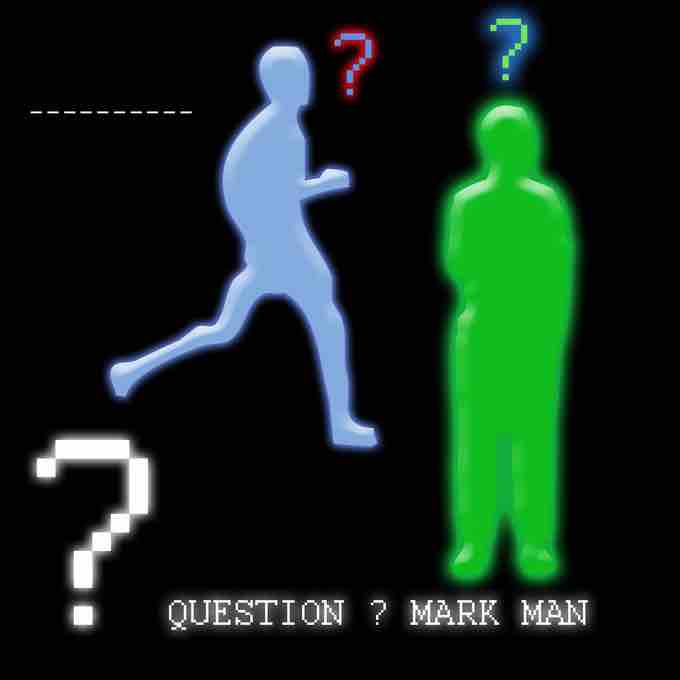Q & A with in-person and remote audiences
Questions and Answers (Q&A) is a part of many speaking events. During Q&A the audience can ask questions and the speaker(s) will answer the questions. Although questions could occur at any time during the event, traditionally Q&A occurs at the end of the speech.
If you are speaking directly to a live audience, you can allocate time at the end of the presentation to answer questions. You may have audience members stand or move to a microphone to ask a question. Or, if you have a large audience or remote audience, you can solicit questions before, during or after the speech via Twitter or SMS, or create a "backchannel" to display questions at any time during or following the presentation.
Rehearsing for Q&A
You can never anticipate all the questions of audience members may have. But you can anticipate some questions and prepare a response ahead of time. Audience members are likely to ask the following types of questions:

Preparing for a Q&A
Try to anticipate questions and prepare responses beforehand.
- To find out information from an expert: You are perceived to be the expert on your topic and the audience may ask a question to find out additional information.
- For clarification: You may have presented an explanation but an audience member may need additional clarification to fully understand the idea.
- Interested and want more: You may have piqued the interest of an audience member with something you said and the audience member will ask a question to find out more, or for a follow-up resource.
- Agree or disagree with opinion: You may have stated an opinion and the audience member either wants you to agree or disagree with related opinions or a course of action.
- How to do something: You may have convinced the audience that your opinion is right. Now the audience wants to know what course of action to take as follow-up.
Prepare possible answers to these types of questions and rehearse with a colleague or coach before the speech.
Receiving questions prior to the speech or by using backchannels
- Email: You can solicit questions prior to or during the speech by creating a unique email address such as Myspeech1212@gmail.com. You can include answers during the speech or collect them for a Q&A period at the end.
- Twitter: You can create a unique hashtag on Twitter for the event, such as #myspeech1212. You can use the hashtag as a backchannel during the presentation, or to collect questions to be answered at the end. When audience members add the hashtag to their tweets, the speaker or attendees can search Twitter to review all the tweets related to that event. A colleague can collect the questions so that you and the audience are not distracted.
- Tweets are publicly visible by default; however, you can restrict message delivery to just your followers. Your audience can tweet via the Twitter website, by compatible external applications, or by Short Message Service (SMS). You can also display all the questions with your event hashtag using TweetDeck. TweetDeck will allow you to receive and display tweets, is compatible with most operating systems, and can be installed as a smart phone app.
Using any or all of these methods to solicit and answer questions allows you to create a direct interactive experience with your global audience.